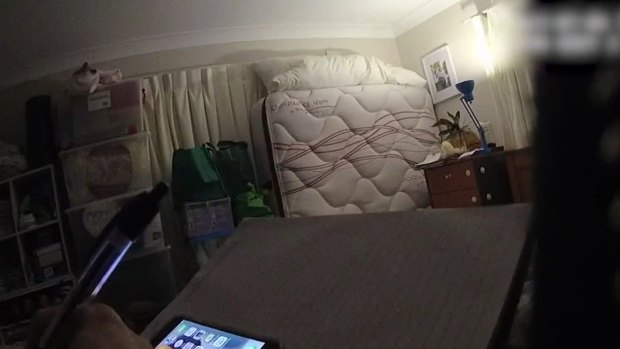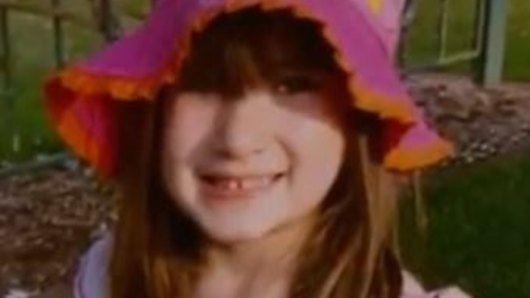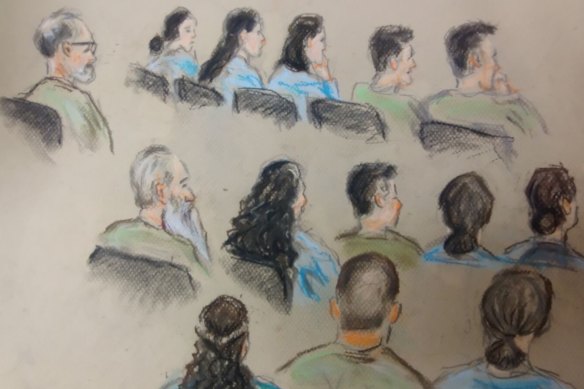This was published 4 months ago
Church group on trial had ‘common’ goal to stop girl’s insulin, judge rules
By Rex Martinich
Evidence including thousands of text messages exchanged by a church group accused of killing a young girl could be used to argue the defendants acted with “common purpose”, a judge has ruled.
Eight-year-old Elizabeth Rose Struhs died on January 7, 2022, while lying comatose on a mattress on the floor of her family’s home in Toowoomba, west of Brisbane, after going six days without her prescribed daily insulin shots for type-1 diabetes.
Elizabeth’s father, Jason Richard Struhs, 52, and Brendan Luke Stevens, the 62-year-old the leader of her family’s church group, faced a judge-only trial for murder in the Brisbane Supreme Court for the past seven weeks.

Police footage of the Toowoomba home after members of the congregation were arrested.Credit: Queensland Police Service
Elizabeth’s mother, Kerrie Elizabeth Struhs, 49, along with 11 other members of the congregation also faced trial charged with manslaughter.
The prosecution finished its case on August 23, but Justice Martin Burns has since been considering legal issues including the Tripodi principle around whether evidence against one defendant accused of a criminal conspiracy can be used against all alleged members.
Burns on Tuesday ruled there was “reasonable evidence” to support the prosecution’s claim that 13 defendants entered a common purpose to “persuade [Jason] Struhs not to administer or have Elizabeth take insulin or to obtain medical care or treatment”.

Elizabeth Rose Struhs, 8, died after going days without her prescribed daily insulin shots for type-1 diabetes.Credit: Nine News
The prosecution alleged the 13 other defendants supported Jason Struhs’ decision to stop Elizabeth’s medication as it was in line with their belief that God would heal her.
During the prosecution’s case, Burns was shown thousands of text messages and emails exchanged between two or more of the defendants in the months leading up Elizabeth’s death and in the days afterwards.
The judge also heard dozens of phone calls made by the defendants and videos of police interviews Crown prosecutor Caroline Marco submitted, under the Tripodi principle, should be used as evidence of a common criminal purpose.

A sketch of the 14 defendants in the trial, all members of a fringe religious group, as they sat in Brisbane Supreme Court.Credit: Michael Felix
In a brief judgment on Tuesday, Burns said the prosecution had put forward “ample evidence” of a common purpose even after he rejected some of it.
“I am satisfied that there is reasonable independent evidence of participation in a common purpose,” Burns said.
The judge said the common purpose evidence would not be admissible against defendants Lachlan Stuart Schoenfisch, 34, Samantha Emily Schoenfisch, 26, if it predated September 23, 2021.
All 14 defendants refused to enter pleas and have represented themselves at trial.
Burns’ judgment on Tuesday does not infer any defendant in the trial is guilty of any offence.
The trial has yet to conclude and Burns has yet to consider his verdicts for the defendants.
The defendants and Marco were due to respond to a list of exhibits Burns said could be excluded from the trial due to “little or no probative value”.
After the admissibility issues had been settled, the defendants would be asked whether they would call any evidence or witnesses in their own defence.
AAP